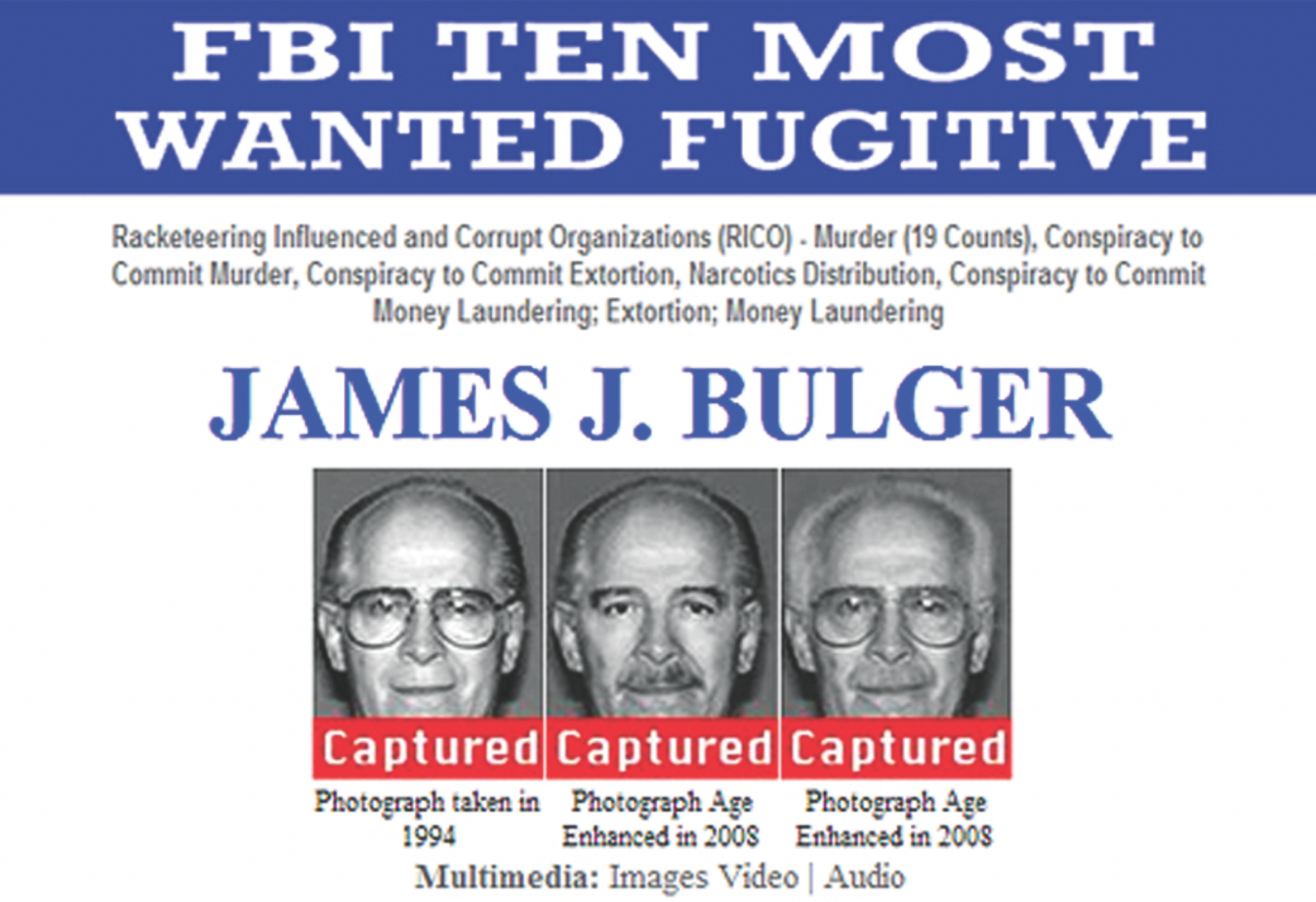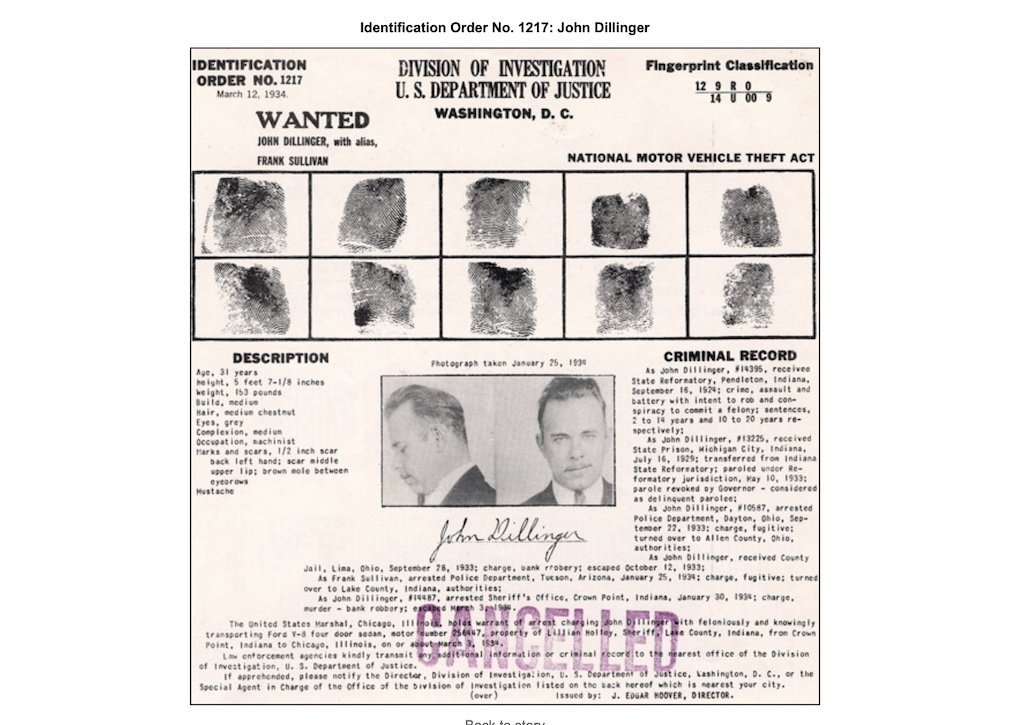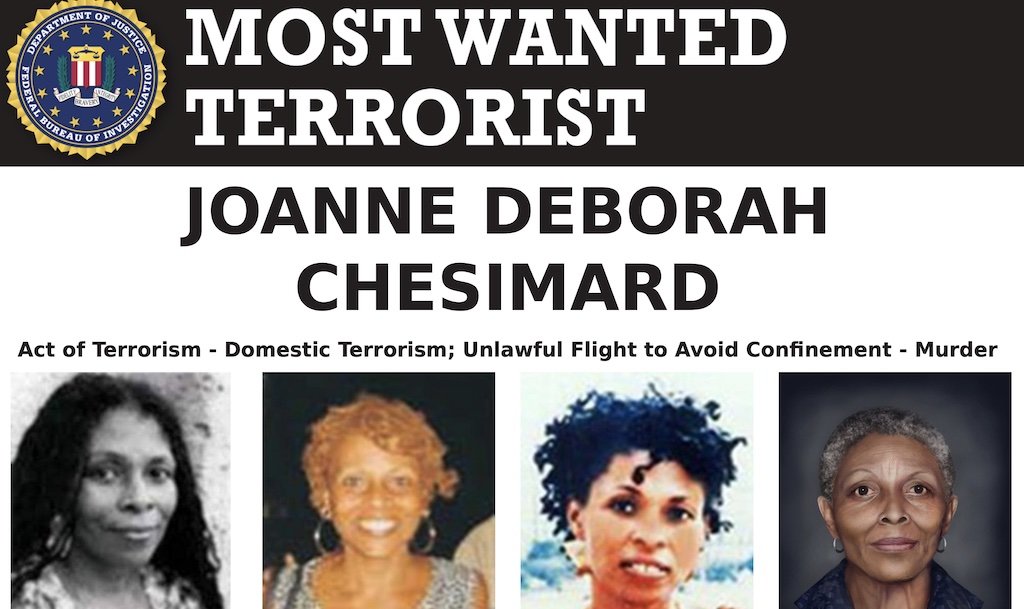How Criminals Get Added to the FBI’s Ten Most Wanted Fugitives List

FBI Ten Most Wanted Fugitives Whitey Bulger. Photo courtesy of FBI.gov
Murderers. Sexual predators. Terrorists. Kidnappers. Bank robbers. Arsonists. Drug traffickers. Gangsters. Extortionists. All of these criminals have appeared on the FBI’s Ten Most Wanted Fugitives list since its inception on March 14, 1950. The idea for such a list first came from a reporter from the International News Service (now called United Press International). The reporter asked the FBI for names, pictures, and descriptions of the “toughest guys” that they were trying to capture.
The publicity from the newspaper story was so effective that FBI Director J. Edgar Hoover moved to implement the Ten Most Wanted Fugitives program. The FBI uses the support of the news media to create public awareness to help capture dangerous and violent criminals. Thomas James Holden became the first fugitive added to the list. He was wanted for a triple murder and was later arrested on June 23, 1961, after a citizen read a wire service story in The Oregonian and submitted a tip to the FBI.
However, the concept of the Most Wanted list wasn’t completely new in 1950. Previously the FBI had used Identification Orders, or IOs. These were essentially wanted posters that had a picture of the fugitive and a physical description. Identification Order No. 1 was issued in 1919 for William Bishop, a US Army soldier who went AWOL. Five months later Bishop was captured. Before the news media played a role in the apprehension of fugitives, IOs were spread around the country in post offices, as well as in Canada and Europe. Later, they evolved to add fingerprints, criminal records, and other important background information.

Depending on the era and the FBI’s current priorities, the focus of the IOs and today’s most wanted list has shifted. In the 1930s, gangs and their leaders — Charles “Pretty Boy” Floyd (No. 1194), John Dillinger (No. 1217), and Bonnie and Clyde (No. 1227) — were among the most notorious names featured. The 1950s saw the emphasis move to bank robbers, car thieves, and burglars. Radicals, revolutionaries, and kidnappers dominated the list during the 1960s. Gangsters and organized crime garnered a lot of resources in the 1970s, and in the 1980s and 1990s sexual predators, international terrorists, and drug kingpins were main targets of the bureau.
But who makes the decisions to put certain criminals or terrorists on the most wanted list?
All 56 field offices submit candidates for the list to the Criminal Investigative Division at FBI Headquarters, and the most serious offenders are chosen if they meet particular criteria. First, the individual must have a lengthy criminal record of committing serious crimes and be considered a menace to society due to current criminal charges. And second, “it must be believed that the nationwide publicity afforded by the program can be of assistance in apprehending the fugitive, who, in turn, should not already be notorious due to other publicity.” It’s important to note that the list is not a ranking system.
As of Oct. 13, 2020, a total of 524 fugitives have been named on the list, out of which 490 have been located. Fugitives are removed from the list if they are captured, have been killed, or have died; if their case is dismissed in a federal court; or if they are no longer considered a “particularly dangerous menace to society.” Ten names have been removed from the list for the latter reason.
Remarkably, 162 fugitives have been captured thanks to citizens’ assistance, as a direct result of publicity from the list. This was the case for Boston gangster and leader of the Winter Hill Gang, James “Whitey” Bulger. In 2011, a tip led to his arrest in Santa Monica, California. He had been on the run for 16 years and was wanted for his role in 19 murders.

Another fugitive named Billy Austin Bryant lasted but two hours on the list before he was arrested in 1969.
Among the 524 fugitives who have been listed, only 10 have been women.
The FBI’s Ten Most Wanted Fugitives list may be the one that is most familiar to the public, but the FBI also maintains a separate list for domestic and international terrorists. Sometimes these lists overlap, particularly in the case of Usama Bin Laden (No. 456), who was killed on May 1, 2011, after a Navy SEAL operation.
Famed rapper Tupac Shakur had an aunt, Joanne Chesimard, who in 2013 became the first woman to be listed on the FBI’s Most Wanted Terrorists list. She was a member of the revolutionary extremist group known as the Black Liberation Army. Chesimard was serving a life sentence for the murder of a New Jersey State trooper when she escaped from prison in 1979.
For information leading to the apprehension of a fugitive on the Ten Most Wanted list, the FBI offers a minimum reward of $100,000. For Chesimard, the FBI is offering $1 million. She fled to Cuba and was granted asylum there in 1984.
As long as their names remain on the FBI’s most wanted lists, the law will continue pursuing these fugitives from justice.

Matt Fratus is a history staff writer for Coffee or Die. He prides himself on uncovering the most fascinating tales of history by sharing them through any means of engaging storytelling. He writes for his micro-blog @LateNightHistory on Instagram, where he shares the story behind the image. He is also the host of the Late Night History podcast. When not writing about history, Matt enjoys volunteering for One More Wave and rooting for Boston sports teams.
BRCC and Bad Moon Print Press team up for an exclusive, limited-edition T-shirt design!
BRCC partners with Team Room Design for an exclusive T-shirt release!
Thirty Seconds Out has partnered with BRCC for an exclusive shirt design invoking the God of Winter.
Lucas O'Hara of Grizzly Forge has teamed up with BRCC for a badass, exclusive Shirt Club T-shirt design featuring his most popular knife and tiomahawk.
Coffee or Die sits down with one of the graphic designers behind Black Rifle Coffee's signature look and vibe.
Biden will award the Medal of Honor to a Vietnam War Army helicopter pilot who risked his life to save a reconnaissance team from almost certain death.
Ever wonder how much Jack Mandaville would f*ck sh*t up if he went back in time? The American Revolution didn't even see him coming.
A nearly 200-year-old West Point time capsule that at first appeared to yield little more than dust contains hidden treasure, the US Military Academy said.












